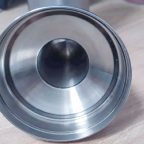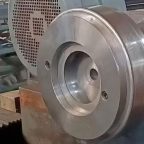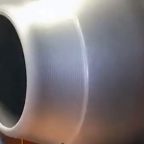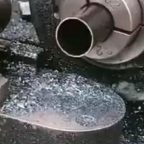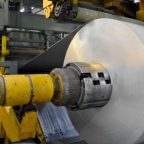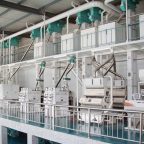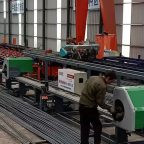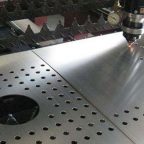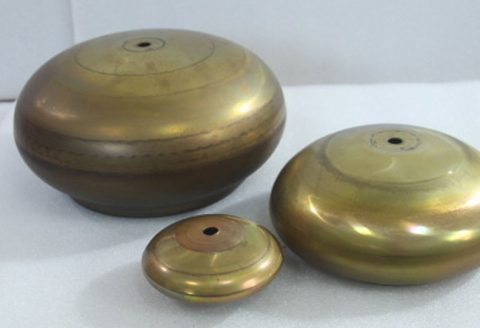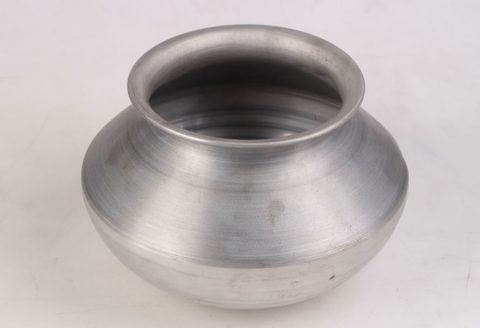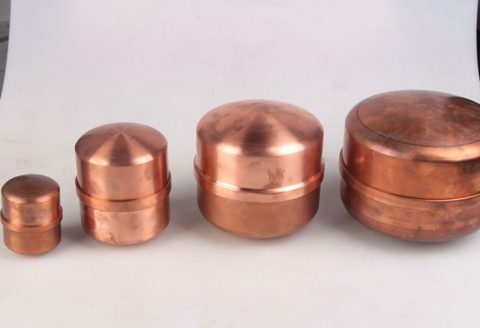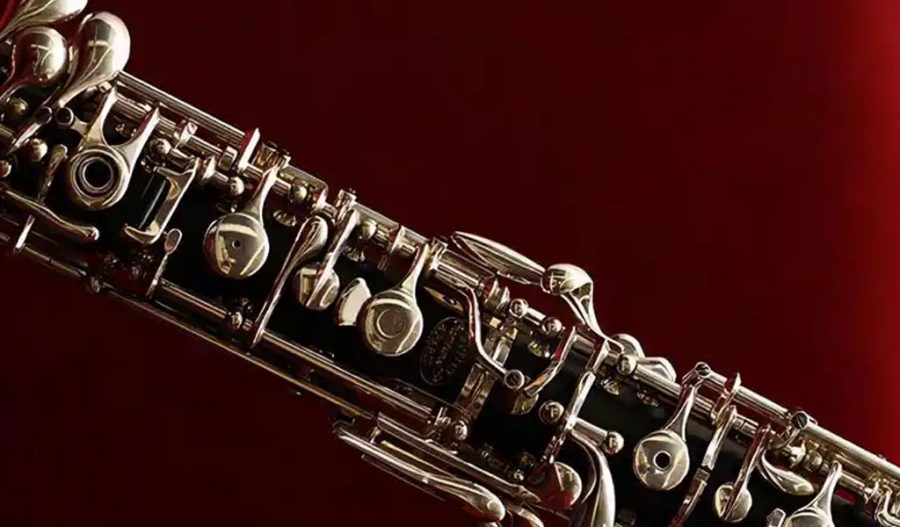
Metal spinning is a versatile manufacturing technique used extensively across industries to create seamless, complex, and precise parts. The musical instrument industry, known for its demand for intricate designs and high-quality components, has embraced metal spinning for crafting various parts essential to producing exceptional sound quality. This article explores the top 20 musical instrument parts made using metal spinning, detailing their significance, manufacturing process, and advantages.
1. Brass Instrument Bells
The bell is a defining component of brass instruments such as trumpets, trombones, tubas, and French horns. Metal spinning is widely employed to create these bells due to its ability to form symmetrical, smooth, and acoustically responsive shapes. Using materials like brass and bronze, the process ensures uniform wall thickness and excellent tonal properties. Metal spinning allows for customization in bell flare, size, and thickness, directly influencing the instrument’s sound projection and timbre.
2. Drum Shells
Drum shells, whether for snare drums, toms, or bass drums, require precise cylindrical shapes and smooth finishes. Metal spinning produces lightweight and durable shells using aluminum, brass, or steel. The seamless construction enhances resonance and ensures consistency in sound. Additionally, metal spinning enables the production of shells in various thicknesses, accommodating both traditional and modern drumming styles.
3. Cymbal Blanks
Cymbals are crafted from spun metal blanks made of alloys like B20 bronze (a mix of copper and tin) or brass. The spinning process ensures an even distribution of material, critical for the cymbal’s ability to produce complex overtones and sustain. While subsequent processes like hammering and lathing refine the sound characteristics, metal spinning establishes the foundational shape and structure.
4. Resonator Cones
Resonator cones are crucial components of resonator guitars, known for their distinctive metallic sound. Metal spinning allows the production of these cones with precise contours that amplify vibrations effectively. Typically made from aluminum or brass, the spun resonator cones deliver the desired tonal quality and contribute to the instrument’s projection.
5. Horn Mouthpieces
Mouthpieces for brass instruments, including trumpets and trombones, demand a high degree of precision to ensure comfort and sound clarity. Metal spinning creates seamless mouthpieces with smooth interiors, essential for airflow and tonal consistency. By using materials like silver-plated brass or stainless steel, manufacturers achieve durability and superior acoustic performance.
6. Flute Body Tubes
The body tube of a flute, usually made of materials such as silver, nickel silver, or gold, is often produced using metal spinning. The process ensures a perfectly cylindrical shape and a smooth surface finish, both essential for consistent air column vibration. The ability to control dimensions precisely makes metal spinning ideal for this application.
7. Timpani Bowls
The bowl of a timpani drum is a critical element that determines the pitch and resonance. Crafted from materials like copper or aluminum, these bowls are spun into hemispherical shapes with meticulous attention to uniformity. Metal spinning’s precision enhances the instrument’s tonal depth and projection.
8. Brass Instrument Leadpipes
Leadpipes, the tubing sections connecting the mouthpiece to the main body of brass instruments, are crafted using metal spinning for optimal airflow and minimal turbulence. Spinning ensures a smooth internal finish and precise tapering, which are critical for sound clarity and intonation.
9. Steel Drum Pans
Steel drums, originating from the Caribbean, rely on precisely shaped pans to produce their unique melodic tones. Metal spinning facilitates the creation of these pans with consistent depths and contours, ensuring accurate tuning and a wide tonal range.
10. Microphone Covers and Grilles
In addition to traditional instruments, metal spinning plays a role in audio equipment like microphones. Spun metal covers and grilles, often made from aluminum or steel, protect the sensitive internal components while optimizing acoustic transparency.
11. Banjo Resonators
Banjo resonators are typically made of spun aluminum or brass, providing structural support and enhancing sound projection. The metal spinning process ensures a smooth, symmetrical design that complements the instrument’s aesthetics and tonal properties.
12. French Horn Crooks
The intricate curves of French horn crooks are achieved through a combination of spinning and forming processes. Metal spinning creates smooth, tapered sections that facilitate precise airflow and tonal clarity. The seamless construction is crucial for this complex instrument.
13. Harmonica Covers
Harmonica covers, which protect the reed plates and influence sound projection, are often spun from lightweight metals such as aluminum or stainless steel. Spinning provides the required shape and durability, ensuring consistent performance.
14. Clarinet and Saxophone Bells
The bells of woodwind instruments like clarinets and saxophones are frequently spun from materials such as brass or nickel silver. Metal spinning allows for the production of thin-walled, acoustically optimized components, enhancing tonal richness and projection.
15. Ocarina Shells
Ocarinas, while traditionally made from ceramics, have modern versions with metal shells spun from lightweight materials like aluminum. The precision of metal spinning ensures uniform thickness and an airtight structure, critical for pitch accuracy.
16. Trumpet Mutes
Trumpet mutes alter the instrument’s sound by modifying airflow and acoustics. Metal spinning produces lightweight and durable mutes from aluminum or brass, ensuring a snug fit and consistent tonal modification.
17. Tambourine Rings
The rings of tambourines, often made from aluminum or steel, are spun to create lightweight and perfectly rounded structures. Metal spinning ensures these rings are durable and balanced for optimal playability.
18. Tuba Mouthpieces
Similar to other brass instruments, tuba mouthpieces benefit from metal spinning for their seamless construction and precise contours. The process allows for customization in size and shape to suit different playing styles.
19. Electric Guitar Pickup Covers
Metal spinning is used to create pickup covers for electric guitars, typically made of nickel silver or brass. These covers shield the pickups from interference while maintaining the desired tonal characteristics.
20. Bassoon Bell Extensions
Bassoon bell extensions, used to enhance tonal projection, are crafted using metal spinning. The process ensures the precise shape and smooth finish necessary for this acoustically sensitive component.
Conclusion
Metal spinning has revolutionized the production of musical instrument parts, offering unparalleled precision, efficiency, and customization. By enabling the creation of seamless, high-quality components, the process has become indispensable in crafting instruments that meet the exacting standards of musicians worldwide. The adaptability of metal spinning ensures its continued relevance in the evolving landscape of musical instrument manufacturing.
Maximize Tooling and CNC Metal Spinning Capabilities.
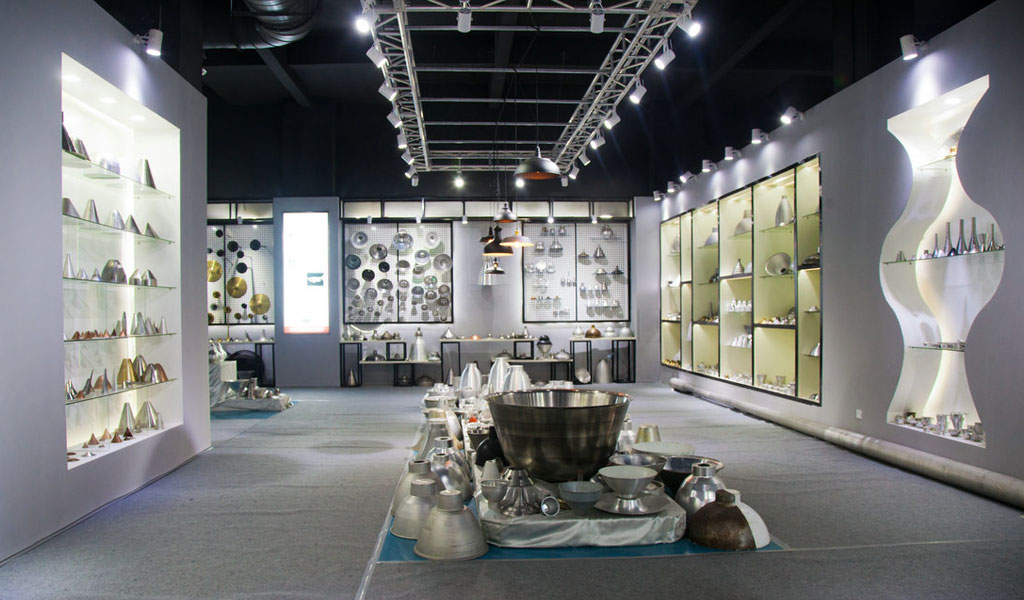
At BE-CU China Metal Spinning company, we make the most of our equipment while monitoring signs of excess wear and stress. In addition, we look into newer, modern equipment and invest in those that can support or increase our manufacturing capabilities. Our team is very mindful of our machines and tools, so we also routinely maintain them to ensure they don’t negatively impact your part’s quality and productivity.
Talk to us today about making a rapid prototype with our CNC metal spinning service. Get a direct quote by chatting with us here or request a free project review.
BE-CU China CNC Metal Spinning service include : CNC Metal Spinning,Metal Spinning Die,Laser Cutting, Tank Heads Spinning,Metal Hemispheres Spinning,Metal Cones Spinning,Metal Dish-Shaped Spinning,Metal Trumpet Spinning,Metal Venturi Spinning,Aluminum Spinning Products,Stainless Steel Spinning Products,Copper Spinning Products,Brass Spinning Products,Steel Spinning Product,Metal Spinnin LED Reflector,Metal Spinning Pressure Vessel,
